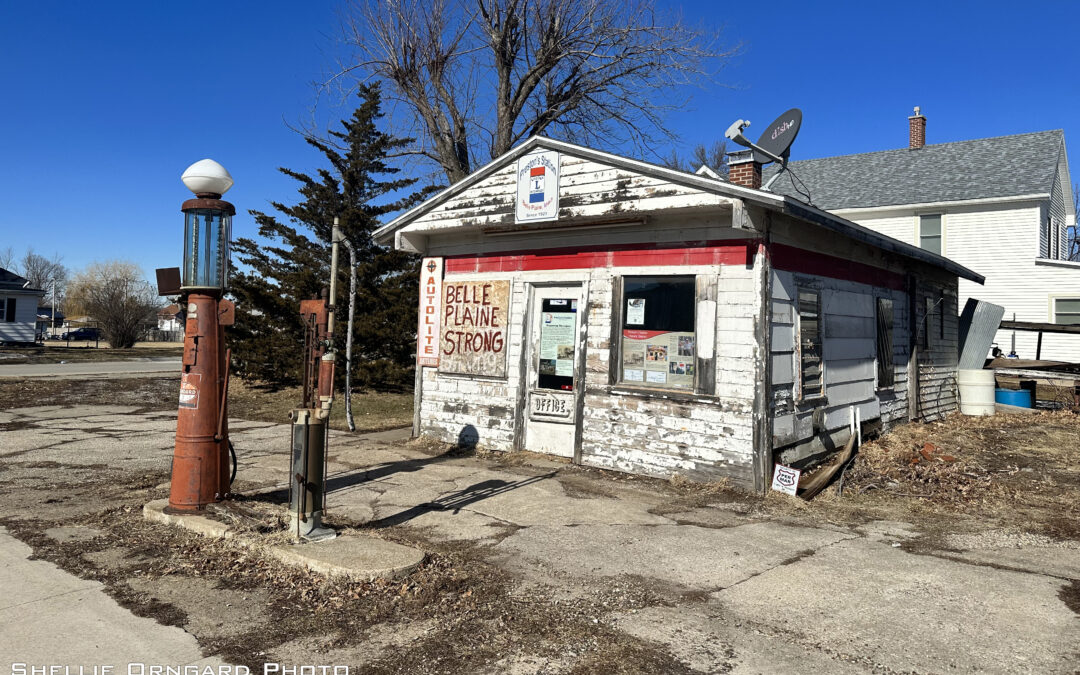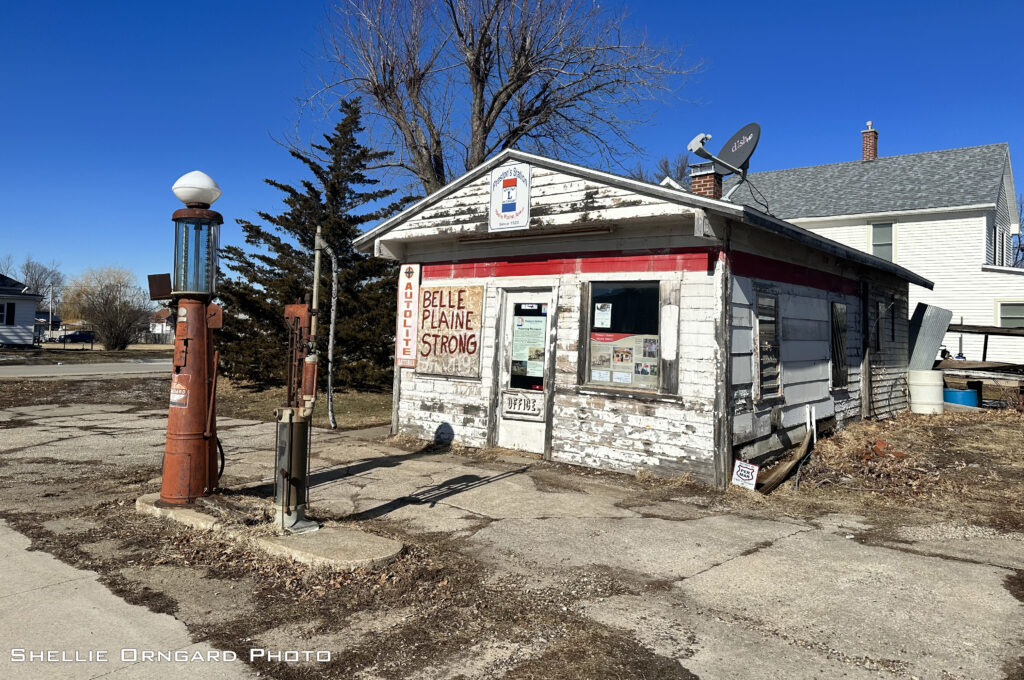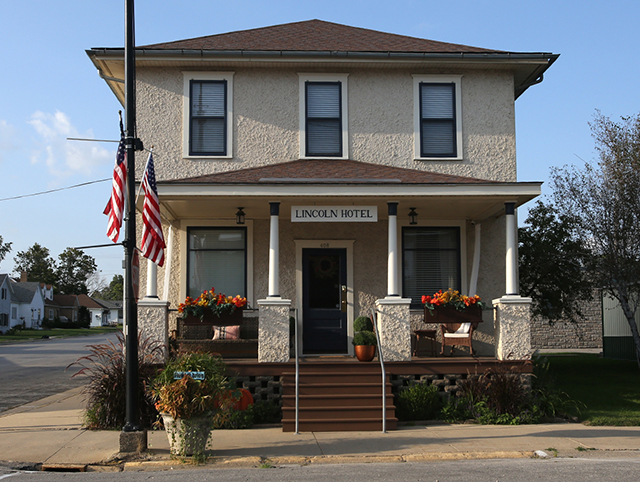
Sources of Financial Assistance for Preserving Historical Buildings
Many property owners are eager to find financial assistance for rehabilitating, preserving, or maintaining their structures, whether it is for a modest private residence or a large commercial building. Tax incentives may be available at the federal, state, or local level to support historically sensitive work on recognized historic properties. Finding the right opportunity for your project can be complicated, but your local city government or historic preservation commission may help advise you. Because tax codes change frequently, consultation with a qualified tax attorney, accountant, or the Internal Revenue Service is recommended.
Here are some sources of financial assistance to consider :
GRANTS
Historical Resource Development Program (HRDP): This competitive grant program can be used to fund the rehabilitation of buildings listed on the National Register of Historic Places (NRHP). Grants are made annually for up to $50,000. Details can be found at Historical Resource Development Program | IDCA (iowa.gov).
TAX CREDITS
State Historic Tax Credit: Property owners can get credit for up to 25% of their qualified rehabilitation costs (basically anything attached to the building; however, site work does not qualify). The building must be eligible for the National Register of Historic Places but does not actually have to be listed. Qualifying properties include private residences, barns, commercial properties, and properties owned by nonprofits, including houses of worship. The project must be a substantial rehabilitation, which is defined based on a formula that involves comparing the adjusted basis of the property to the cost of the qualified rehabilitation expenditures.
The formula is different depending on whether the building is commercial or noncommercial. The rehabilitation work must be done according to guidelines that are used in historic preservation work across the country and are the reference point for tax credit and grant programs in addition to being best practices. These are called the Secretary of the Interior’s Standards for Rehabilitation. Credits may be fully refundable and are transferable if sold to a new owner. You can find more information about the state tax credit at Historic Preservation Tax Credit | Iowa Economic Development Authority (iowaeda.com)
Federal Historic Tax Credit: Property owners can get credit for up to 20% of qualified rehabilitation costs. This credit is intended for depreciable, income-producing properties. Many of the same requirements for the state tax credit program apply to the federal credit, thus the groundwork laid for one can be reused for the other. The building must be listed on the National Register of Historic Places or be eligible for listing (the property must be listed within 30 months after taking the credit). Credit is not refundable, but it can be carried forward and used for over 20 years. The rehabilitation work must follow the Secretary of the Interior’s Standards for Rehabilitation.
When used together with the state credit, the federal historic tax credit can equal a total credit of 45% of the rehabilitation costs. Public Law No: 115-97 made a change stating that the 20 percent credit can be claimed so that those who qualify for the tax credit would receive 4 percent per year for five years rather than 20 percent for one year. For more information, visit National Park Service Historic Property Tax Incentives.
GUIDELINES for REHABILITATION
If you would like to know more about the guidelines for the treatment of historic buildings, please see the Secretary of the Interior’s Standards on the Treatment of Historic Properties of the National Park Service.
ADDITIONAL USEFUL LINKS
A source of practical information is the National Park Service’s technical preservation services publications Technical Preservation Services Publications – Technical Preservation Services (U.S. National Park Service) (nps.gov).
Preservation Briefs can be a helpful starting place for specific building issues: Preservation Briefs – Technical Preservation Services (U.S. National Park Service) (nps.gov)
Appreciation for this information goes to Allison Archambo, Certified Local Government Coordinator, State Historic Preservation Office of Iowa, and Michael M. Belding, State Historic Preservation Office of Nebraska.










